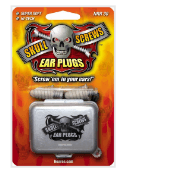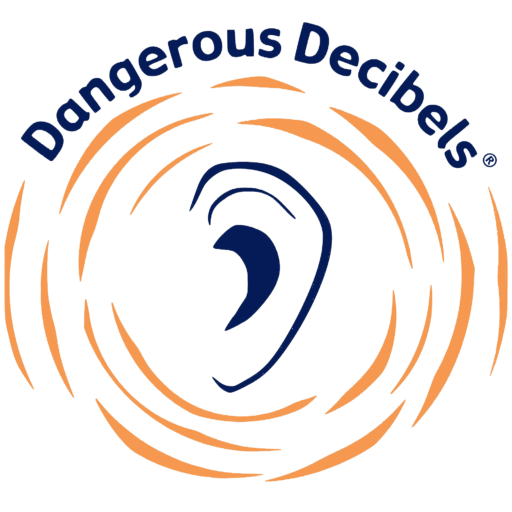Strategies to Hear for a Lifetime: 3. Protect Your Ears
Choosing the Best Earplug for Kids
Proper Fit
In the case of earplugs, the same principles apply. The earplugs must fit well, seal the ear canal and be comfortable to wear.
In the case of earplugs, the same principles apply. The earplugs must fit well, seal the ear canal and be comfortable to wear.
These photos are examples of adult sized foam earplugs that don’t fit properly in a child’s ear and likely don’t protect them sufficiently. If you notice, there is not much of the earplug inserted into the ear canal and they could easily fall out of the ear.
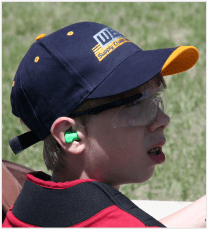

Examples of poor fitting earplugs
This young boy was able to properly fit a foam earplug and a flanged earplug to his own ears after being trained.
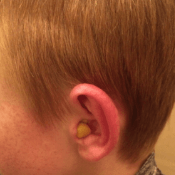
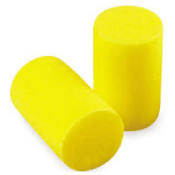
Foam earplugs require manual dexterity to be able to roll the earplug down small enough to fit into the ear canal.
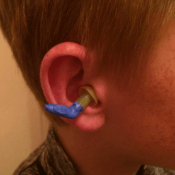
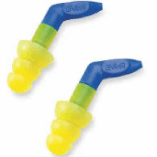
Flanged earplugs provide a handle that makes insertion easy.
Kids Teaching Other Kids
These videos are examples of kids teaching their peers how to wear hearing protection.
These videos are examples of kids teaching their peers how to wear hearing protection.
Dangerous Decibels recommends using flanged earplugs when teaching kids how to wear earplugs as part of the classroom program. Flanged earplugs are usually easier for kids to fit properly.

Fitting earplugs properly requires training and practice for the parent too. Parents are not always comfortable or skilled at inserting hearing protection into a child’s ear. Parents need to be trained on how best to insert earplugs into their child’s ear. By the age of 7 years, children can be taught how to insert earplugs into their own ears. You will learn how to do this with kids when you are presenting the Dangerous Decibels classroom program in the Classroom Presentation module.
Style
There are even stylish earplugs for older kids to wear.
There are even stylish earplugs for older kids to wear.

